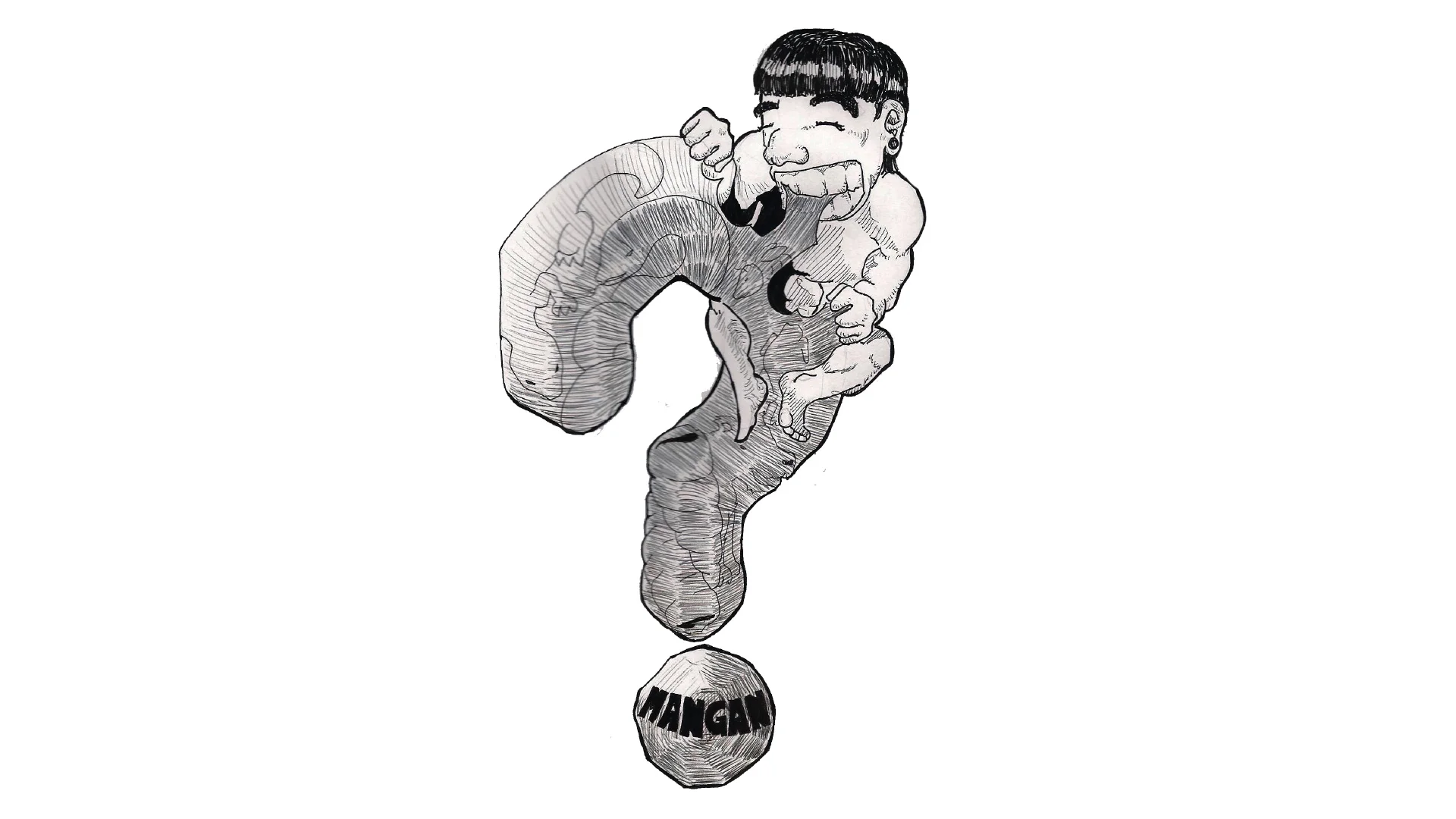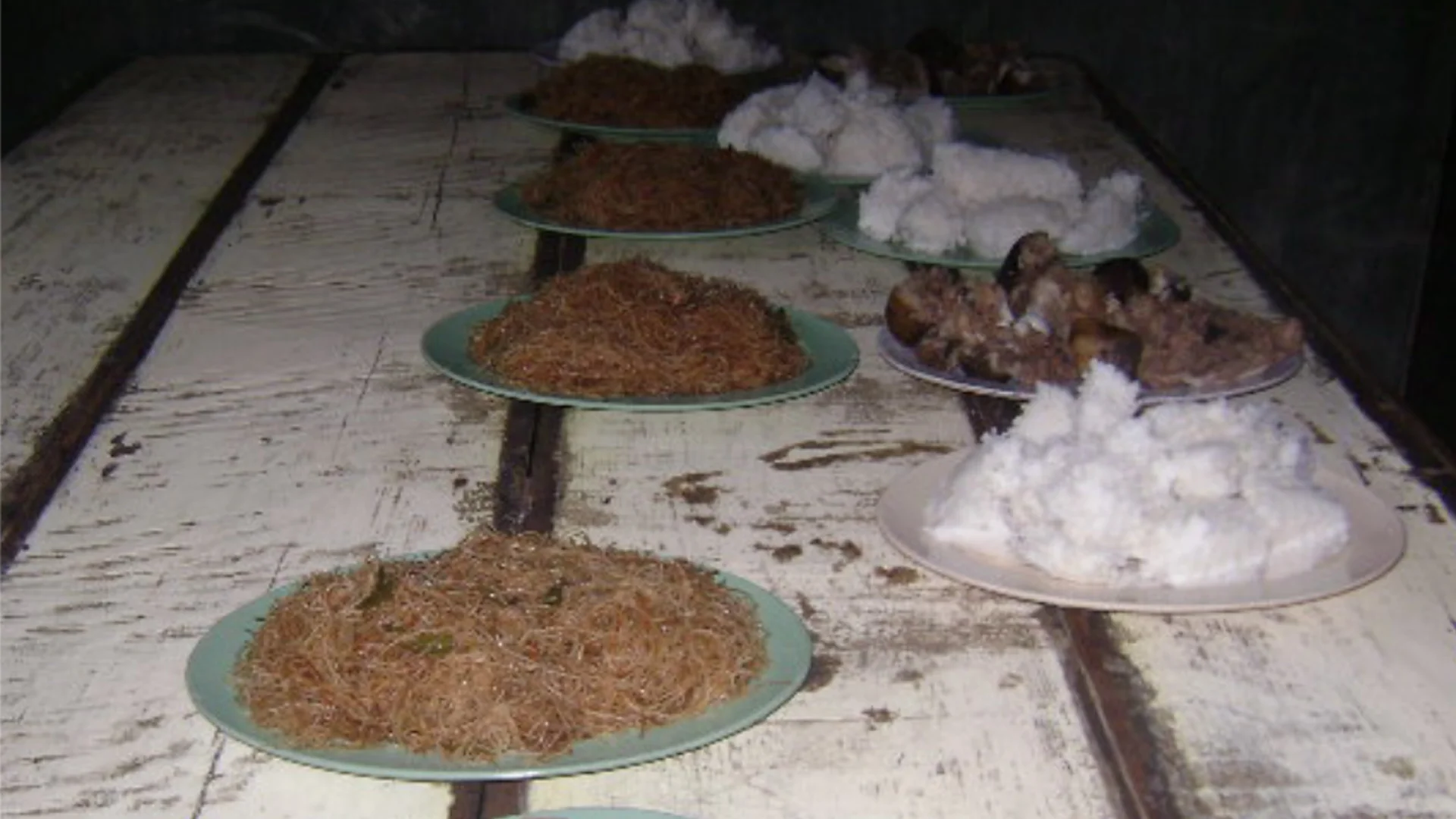CULTURE
Of Igorot Native Delicacies
by Suzette Joy Palantog
Nowadays, modern food tend to dominate or influence the taste buds of customers. Like camotes and mashed potatoes are placed with burgers, potato fries and other commercially prepared food. But did you know that the said native delicacies and drinks are strikingly unique and healthy?

Several menus are presented in “Igorot Exotic Foods” written by Donald Daryl Ayochoc Daoey in his website, www.daoey.com.
Among the Igorot foods is the delicious pinikpikan. Pinikpikan is one way of cooking native or cultured chicken added with spices and vegetables such as sayote and pechay. The chicken is battered on its wings, neck and head.
In this way, the meat will be thickened by the blood and will become tasty. In the province, the folks usually cook pinikpikan and serve this to guests and visitors. The delicacy is also prepared during harvest times and family affairs. Pinikpikan is very popular in Benguet.
Innasin or etag is salted pork. The meat is applied with salt and smoked for a long time until it dries. Innasin is also added to boiled legumes or sautéed vegetable although this can also be separate dish. Etag can be flavoring too for pinikpikan. It makes the soup of pinikpikan tastier and yummier.
Today, innasin or etag is being sells at Php 140.00. In Baguio and La Trinidad it is sold per kilogram which costs Php 170.00.
Aside from poultry and pork, lizards and snakes are also made delicacies. The cinafa’y fanias is a roasted monitor lizard. The lizard is skinned and roasted. A certain vine found in Cordillera called palanapona is added. The meat has a certain fishy smell (called langsi by the Kankana-eys) and is similar with chicken. The cinafa’y feclat is also a roasted snake prepared like cinafa’y fanias.
According to “The Bontoc Igorot,” an E-Book written by Albert Ernest Jenks, even small animals are savored because of their unique flavor. Mollusks (seafood with shells) and locusts (insects) are cooked and eaten by Igorots. One is called kitan, bisokol (golden kuhol) to Kankana-eys. This is a snail like animal which is boiled, eaten through sucking into the mouth after the apex of the shell has been bitten or broken off. Another variation similar to the kitan is the finaa or ainaa. It is narrower and longer shaped like a tiny cone. It is cooked and eaten in the same way but the edge is cut before being boiled. These mollusks are gathered from rivers, swamps or in rice paddies. Meanwhile, the locusts or cho-chon are gathered from the farms, cooked in boiling water and later dried.
They become crisp and sweet after drying. In Bontoc, they eat it irregularly like once or twice a week or ten days each year, or once in two days.
Othe insects too are made crispy like potato fries. The babate or the larvae of the scarab bettle grub is a white crawling insect that dwells in a rotting log. It is simply washed, sprinkled with salt and fried. The same is through with the kaka or mole cricket. This has soft cylindrical body, broad, stout, mole like front legs, and usually found in sandy soils.
I g o r o t s ’ delicacies include not only cooked animals but many more such as cooked rice. The tsu-om or du-om is a roasted rice crunch similar to pinipig of the Tagalogs. Not so mature rice with some juice is gathered after harvest. The rice is roasted then pounded to removed, sugar may be added.
Another menu is the kinidlo’y nakan, simply knidlo by the Bontocs, kinaley or kinal-ey to the Kankana-eys. The rice is prepared as in cooking rice but 1/5 cup water is added than usual. Camote slices and leafy vegetables are included. When cooked, salt is sprinkled over it and the food may be served.
Other indigenous foods include pinuneg and pising to name a few. Pinuneg or indigenous or Igorot longanisa is made of blood. Rice, onions and salt. Slices of pork are also mixed. Pising on the other hand is cooked from gabi or taro stem and leaves. This is simply boiled and added with salt. It is flavored by some with coconut milk powder and slices of meat. Added to these foods are b e v e r a g e s . The safeng or sabeng is a drink that can be added to some foods. This is actually the water left after boiling cassava, camote, or potato. It is contained in a bottle and stored in a dark place or near a fireplace for fermentation.
Its smell is unsetting but it tastes good. It is similar to the German Sauerkraut, a fermented cabbage added with salt and stored in big jars. It is also used by the Ibalois to preserve and make pepper tastier. The pepper is placed inside a container with the sabeng in it.
Another beverage is the famous rice wine or tapuey of Cordillera. The tapuey is the only rice wine in the Philippines usually offered during cañao and other sacred festivals. This is strongest when it reaches five years in storage. These are among the foods and beverages strangely different reflecting the Igorot lifestyle. Though some of these foods seem inedible and weird, they continue to remain in our table over the years.

